
UDK: УДК 618.14:618.173
L. V. Tkachenko, N. I. Sviridova
Волгоградский государственный медицинский университет, кафедра акушерства и гинекологии факультета усовершенствования врачей
A cohort retrospective study of case histories was conducted in 200 patients aged 41–53 with a verified endometrial hyperplastic process (67 patients with simple endometrial hyperplasia, without atypia; 66 women with complex hyperplasia without atypia and 67 with atypical endometrial hyperplasia). A control group comprised 120 patients in whom no endometrial hyperplasia was revealed. To reveal the link between risk factors and endometrial hyperplasia, we calculated the indices of relative risk. Patients with various metabolic abnormalities, high infectious index, prolonged abnormalities of menstrual function as well as with chronic endometritis, uterine myoma and endometriosis, showed a higher risk of an endometrial hyperplastic process compared with the average population risk.
perimenopause, endometrial hyperplasia, risk for endometrial hyperplasia.